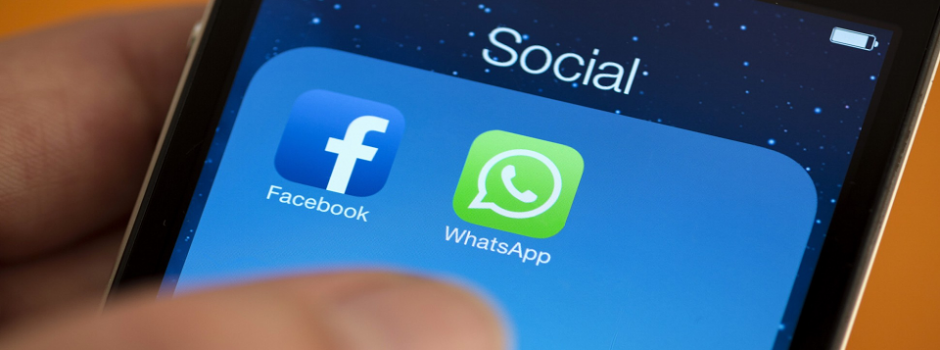WhatsApp Goes To The Next Level With Its Voice Calling Service

WhatsApp’s head office is among the most impressive you can find in start-up infested Mountain View, California, with glass walls cascading down from a rooftop patio that apparently glows at night.
You’d never guess that one of the most disruptive forces in the history of the telecommunications industry was housed inside.
Like the older, smaller digs it once frequented down the road on Bryant Street, there is no hint of corporate signage out in front. Just an abstract sculpture called “Caring” by California artist Archie Held, and a small Zen garden tucked in a corner of the lobby.
All very calming, but not for mobile carriers. This time last year, WhatsApp’s then-470 million users had already erased an estimated $33 billion in SMS revenue from wireless operators. That number is growing. Between 2012 and 2018 the entire telecommunications industry will have lost a combined $386 billion between 2012 and 2018 because of OTT services like WhatsApp and Skype, according to Ovum Research.
Today WhatsApp has more than 700 million people using it at least once a month, sending more than 10 billion messages a day. At its current rate of growth it should pass the 1 billion user mark before the end of 2015. The company doesn’t push through many updates. While other messaging apps like WeChat, Kik and Facebook Messenger host content and e-commerce services to become all-encompassing platforms, WhatsApp has limited its new features to communications.
Now the stakes for the world’s biggest messaging company are about to get much higher as it pushes through one of the most fundamental methods of communication out there: voice calling.
In February WhatsApp began rolling out the feature to select users across the world who could receive calls through the app. Receiving a call allowed them to make calls too. Then last week it offered an application file on its website which, if downloaded, allowed anyone with an Android phone to call other WhatsApp users.
The feature is expected to launch on Windows Phones and iOS phones soon, and already, around 20 million people including 2 million in Germany have been able to test it, says Pamela Clark-Dickson, a telecom analyst at Ovum Research, citing a source close to Facebook.
WhatsApp’s staff of approximately 80 people were spread thinly across three stories in their impressive 20,000 square foot building when I last visited in late 2014. The edgy graffiti that once adorned WhatsApp’s walls had taken on a more sophisticated, Banksy-like flavor inside: marking the third floor’s entrance was a huge mural of a woman riding a bicycle in Hong Kong, a reminder of WhatsApp’s international popularity.
WhatsApp had been living a hermetic, four-year existence in the Silicon Valley bell jar before Facebook swooped in and bought the company for $22 billion in February 2014. It continued that air of secrecy in the months afterwards, except now it was subject to a steady stream of visitors and it needed a pair of security guards to mind the entrance to its headquarters.
WhatsApp’s resources with Facebook were only just starting to converge in the wake of their landmark deal, with Facebook now helping with legal matters and public affairs. “We were very cheap when we were WhatsApp,” said Neeraj Arora, WhatsApp’s long-time business development head when asked about how money was being spent. “We’re more disciplined now because we are part of a public company.”
Source: Fox News
